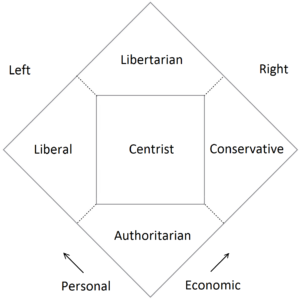
We live in polarized times here in the United States.
The Democratic Party his shifted far to the ‘left,’ espousing positions that only a few years ago would have been viewed as radically socialist. Today’s mainline Democrats are rabidly pro-abortion, rabidly pro-redistributionist, rabidly anti-business, and rabidly anti-religious. Meanwhile, the Republican Party has shifted to the right, embracing a righteous hard-line against abortion, a semi-nationalist position in favor of harsh immigration restrictions, and a deep aversion to any kind of compromise on its principles.
All of this is a good thing (believe it or not).
For a long time, the two major U.S. political parties had much in common. Both supported free trade, which meant that Americans who opposed free trade were unrepresented. Both supported some variant of a “safe, legal, and rare” view of abortion, which allowed leeway for small-but-notable bands of “pro-choice” Republicans and “pro-life” Democrats. Both took fairly interventionist positions on foreign policy, leaving “isolationist” Americans unrepresented. There were disagreements between the parties—some real and some theoretical—but on the whole, both operated in the same middle slice of American politics.
In this dynamic, the fervent right- and left-wingers found themselves largely unrepresented in the U.S. political duopoly. So they revolted. On the left, many Democratic Party voters abandoned the ordained successor of President Barack Obama (D)—former Secretary of State Hillary Clinton (D)—in favor of a self-proclaimed independent democratic socialist, Senator Bernie Sanders (I-VT). Clinton only emerged victorious because of the Democratic Party’s internal corruption and its bizarre, un-democratic nomination process. And on the right, sixteen standard-issue Republicans lost a primary campaign against a center-left demagogue who adopted a sort of neo-nationalism and gave lip-service to some hard-right talking points.

